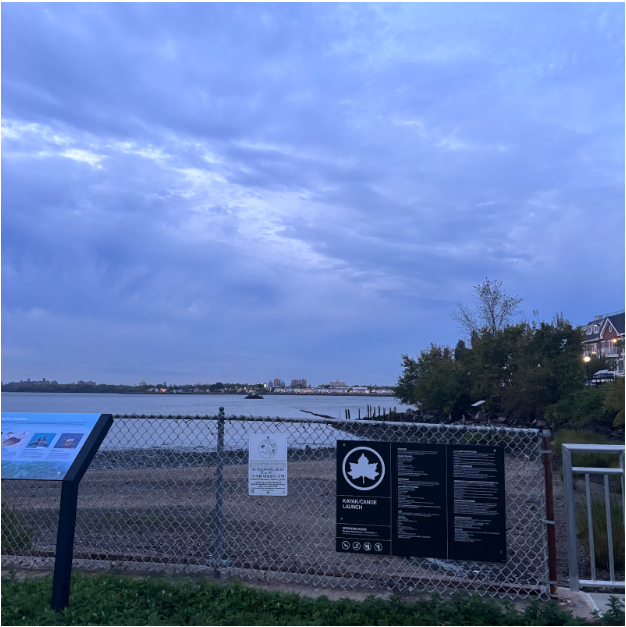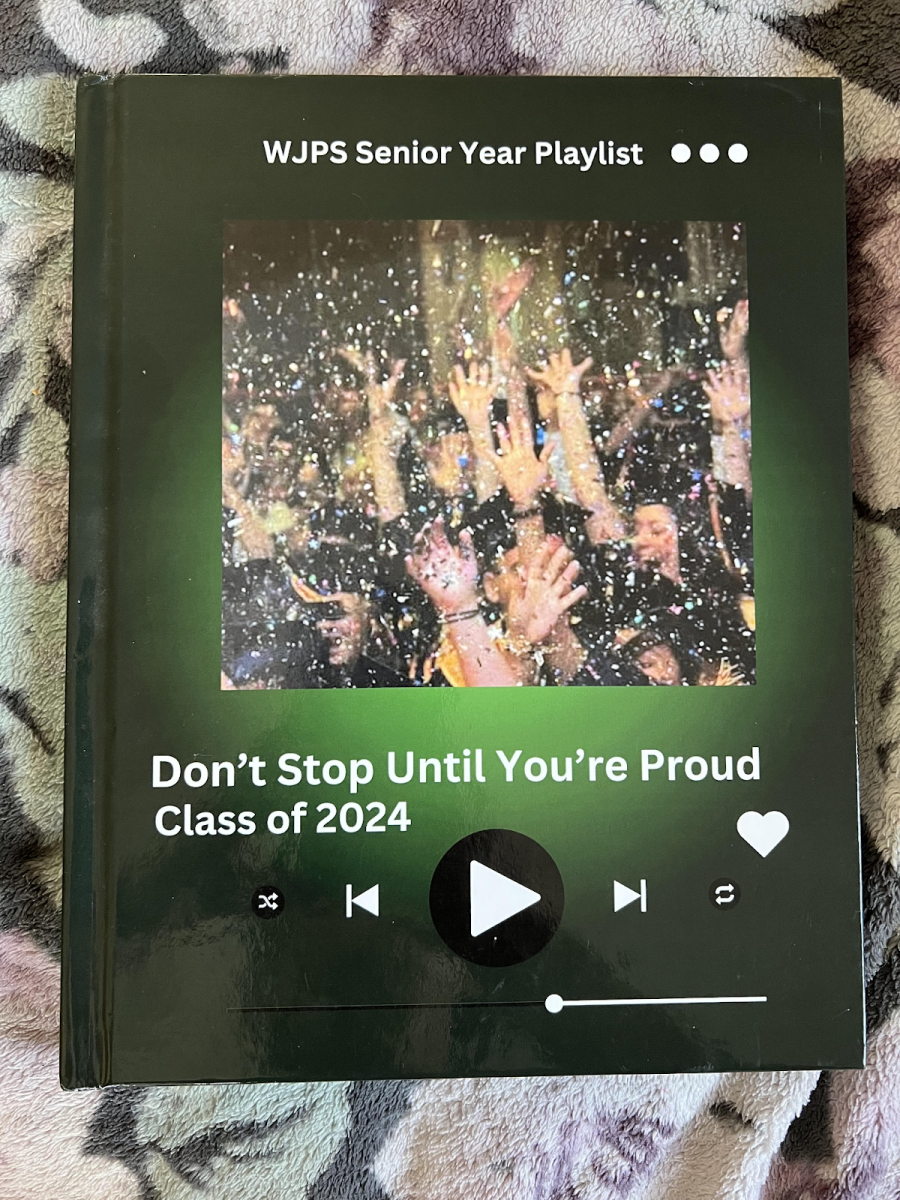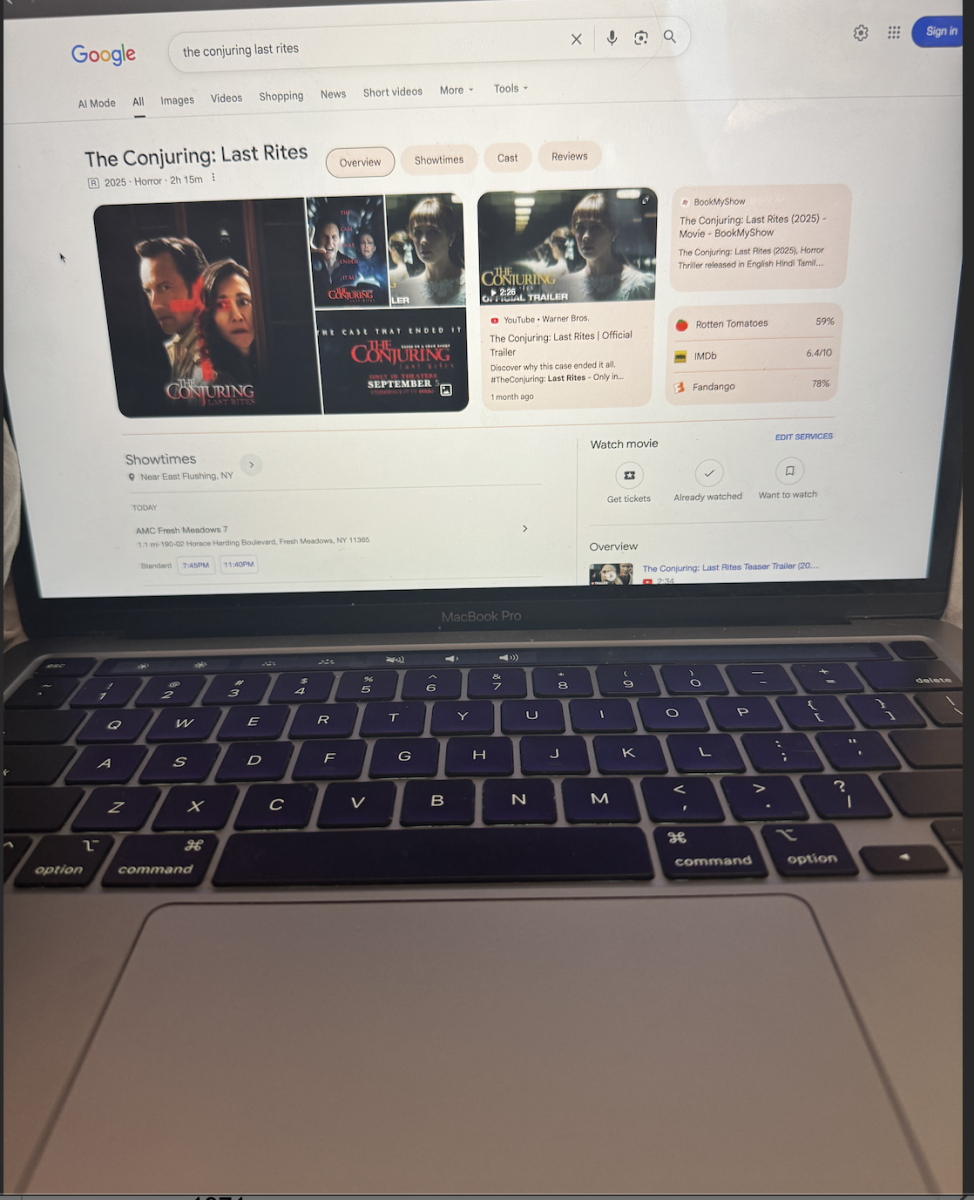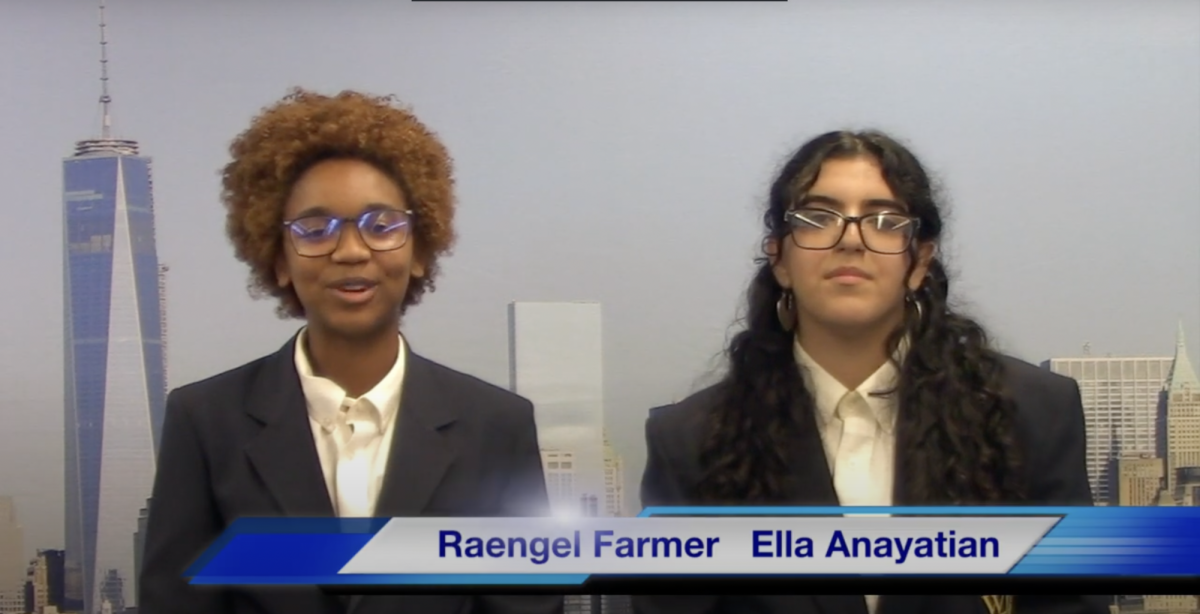The bottom line is that busses within New York City are bad. They are slow, running at an average of 7.44 miles per hour in a Department of Transportation (DOT) study. They are inefficient, having unnecessary stops every other block. That’s not to mention the traffic already slowing things down.
The Metropolitan Transportation Authority (MTA) and the DOT have tested out gradual solutions, such as the 14th St and Fresh Pond Road bus lanes in Manhattan and Queens. However, a major overhaul is in order for Queens. A Queens Bus Network Redesign has been released, spearheaded by Andy Byford, former president of the New York City Transit Authority.
However, while the redesign is well-intentioned, it has key flaws which have ruined it in the eyes of many. In a rare moment of solidarity, various Queens officials have pleaded with the MTA to go back to the drawing board.
The first, glaring issue with the redesign is the implementation of a grid system. The grid system makes sense at first glance: riders within a certain “square” have their pick of a bus route. However, while these routes connect northern Queens residents with their south Queens counterparts, such as with the proposed long QT65 Beechhurst – St Albans line, it does not connect to any major subway lines.
This design is out of necessity, but overall, this grid pattern is supplementary. It makes more sense to give Queens a spoke-and-wheels system: an express or major subway stop is a central terminal for local busses. Busses with limited stops serve long corridors like College Point – Jamaica. Queens is a two-fare borough. You take a bus to the train, and rarely one bus across the whole borough.
A second gripe is the major downscaling of express bus service. The spoke system admittedly short-changes the elderly: what’s the point of being able to take a bus to the subway if the bus ends up at a stop without elevators? For this reason, express busses serve our elderly well. The MTA, oddly, has cut service. Express service to Manhattan is limited to rush hour service, with no service between 10 AM to 4 PM.
The redesign isn’t all bad: the continuous push for bus lanes within Queens, including useful lane in Main St, is commendable. Furthermore, the MTA is receptive, holding various community meetings and pasting posters on busses. Yet, such methods attract transit nuts like me more than regular straphangers. Until then, the best solution is to show up and be heard.





































